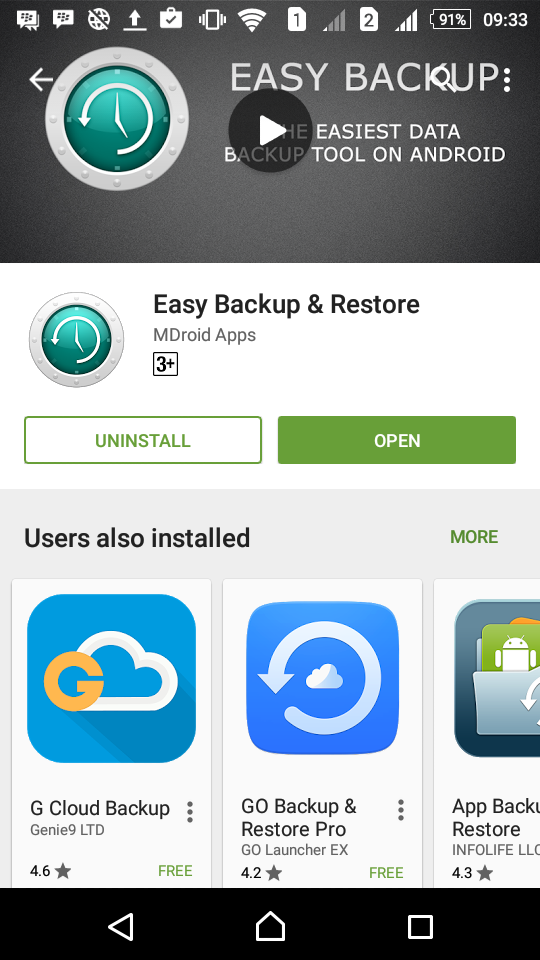

Out of all this information you should create a set of documentation describing your backup processes in plain language.

Usually you can get the business to agree that a day, or an hour, or 5 minutes would be reasonable expected losses.


For example, the most frequent answer to “How much data can we lose?” is “none.” While that may be true, attempting to set up a system with zero chance of data loss is extremely expensive and involves a lot more than simple backup and recovery. Also, you may not be able to work with some answers. You may have to badger them to get the answers that you need, but you do need to get those answers. The business will be able to answer some of these questions quickly and easily. It’s the answers to these questions that begin to drive you down the path to setting up a backup and recovery plan for all the databases that you manage. Are there any encryption requirements for data backups?.Are there any regulatory requirements regarding keeping backups of the data I need to meet?.How much time and data can we afford to lose in this database?.How important is this database to the company?.Here are a set of suggested questions you might want to ask about any given database: Second, you can document what’s expected of you, so that if, at some later date, the business questions your technical decisions, you can point back to the discussions you had with them. First, you learn what you need to do and just how much infrastructure, planning, and work you have in front of you. Setting up the technical aspects of backup and recovery is relatively easy and extremely well documented, so your initial work needs to be with the business, understanding what you have to deal with there. Getting your database back online and operational is first and foremost a business decision, not a technical one. Again, let me proffer several suggestions. The good news is, this is a well-worn path. So now you’re prepared to get started with backups, but you’re unsure of even where to begin. Yes, there are probably a million screaming issues and every single one of them is important, but if your database fails, which they do, and you have no backup…well, let’s just say that’s not a conversation you want to have with management. The very first thing you should check on is the state of your backups. Either way, you’re expected to know what to do and, let’s face it, figuring out where to start is hard. You’ve either volunteered or had the job thrust upon you. Through some quirk of fate, you’re now responsible for your company’s databases. SQL Server Backup and Restore for the Accidental DBA - Simple Talk


 0 kommentar(er)
0 kommentar(er)
